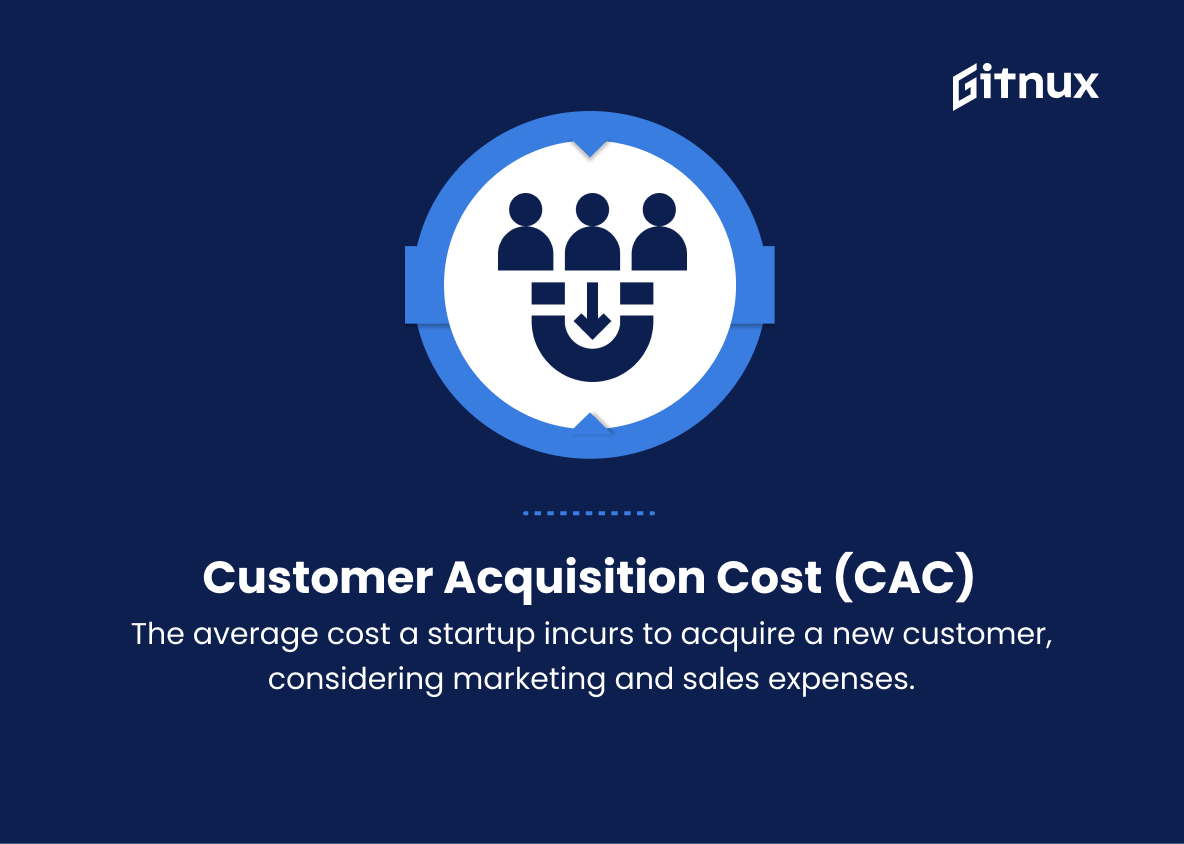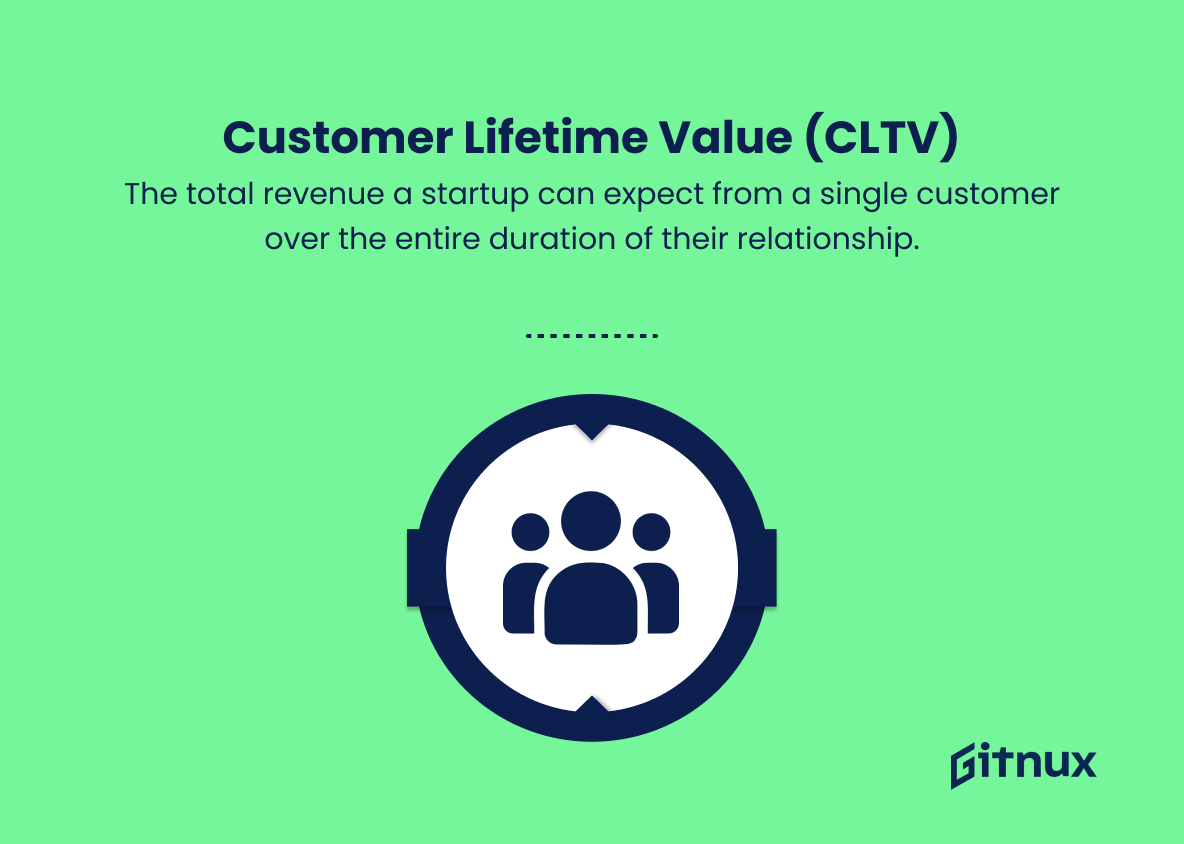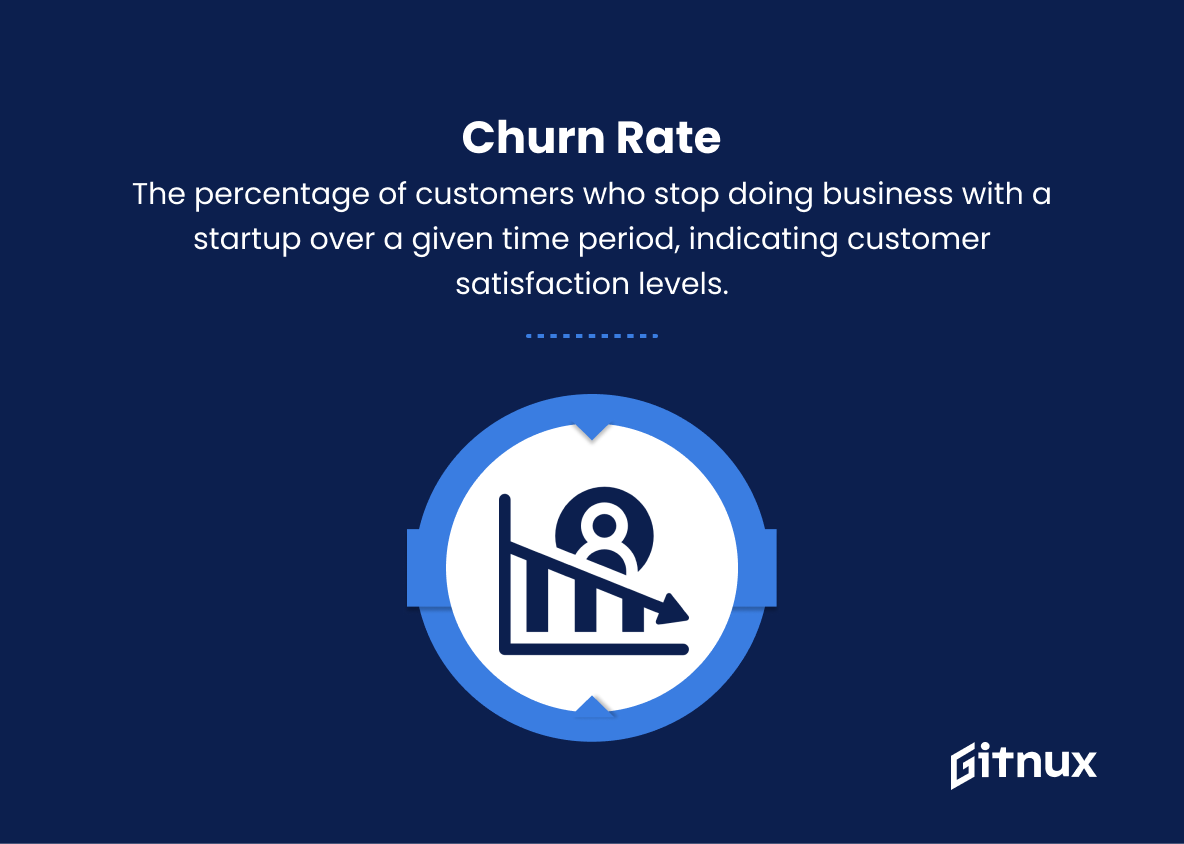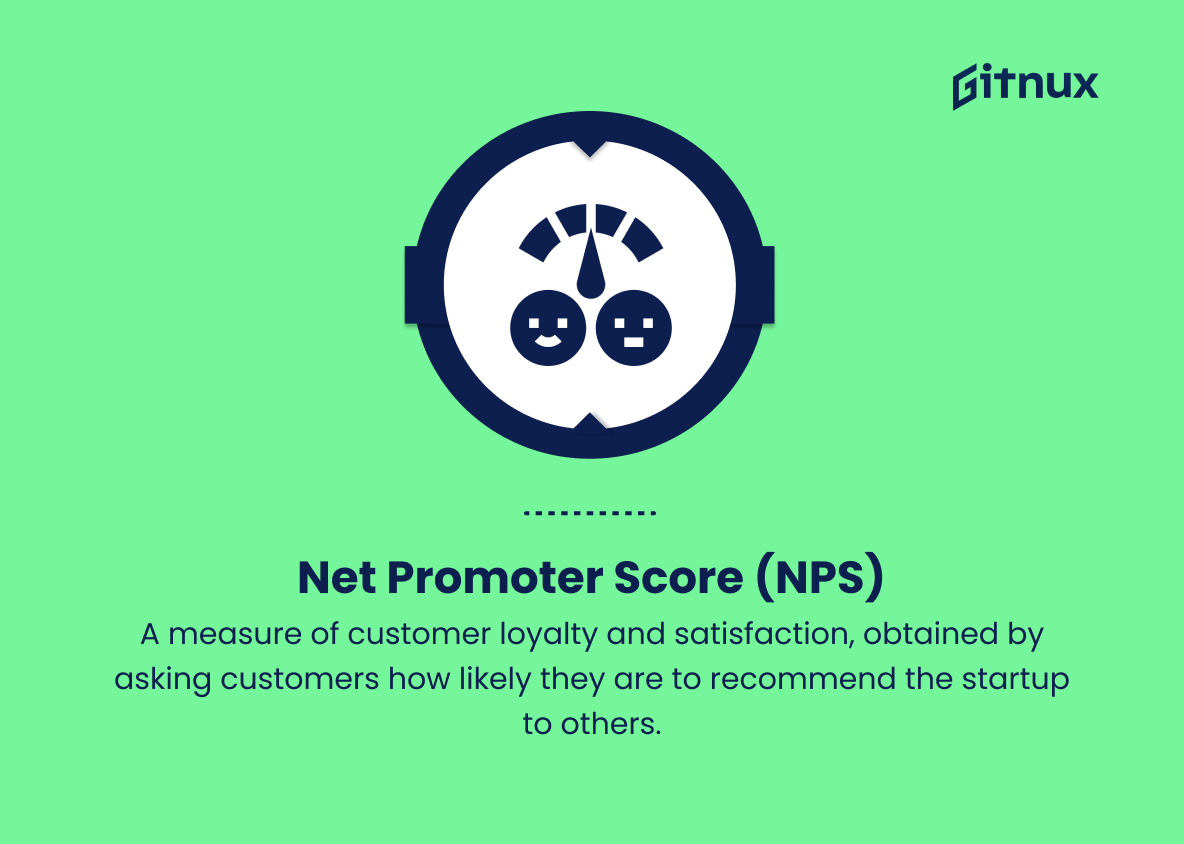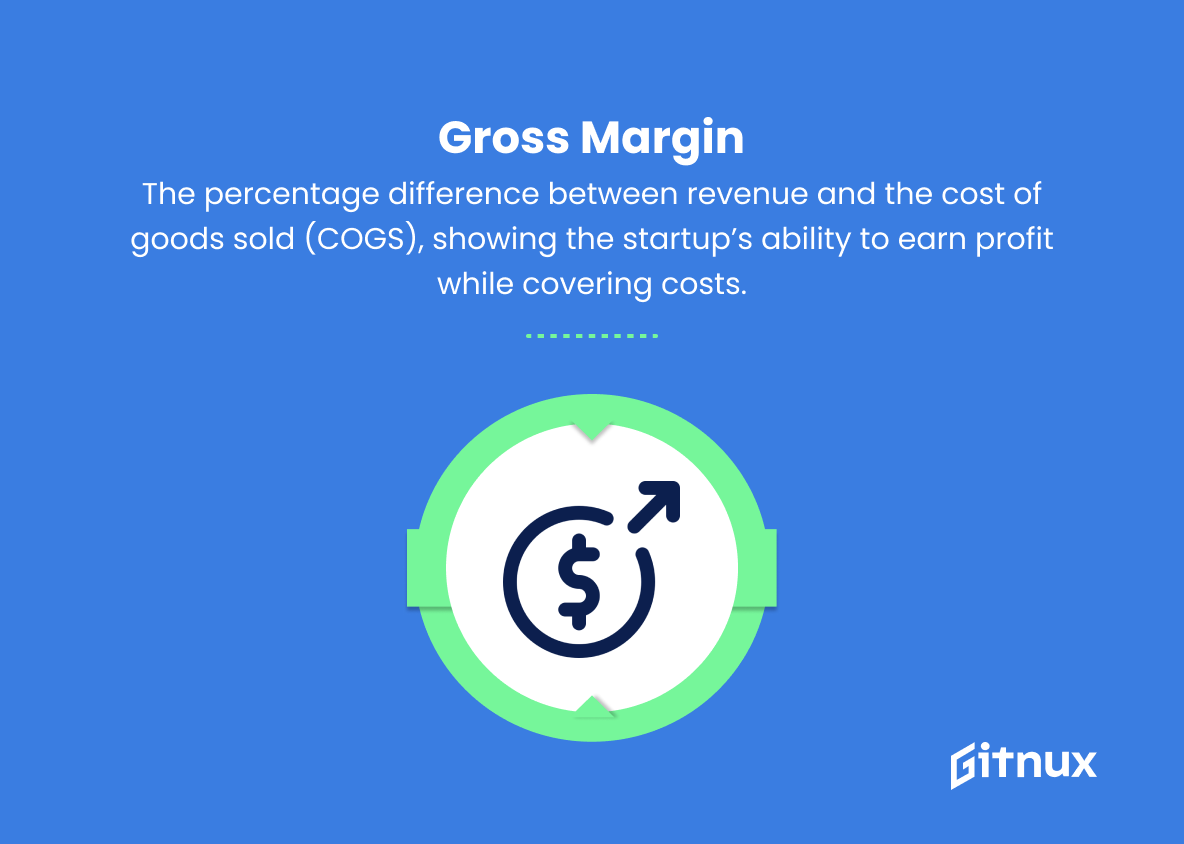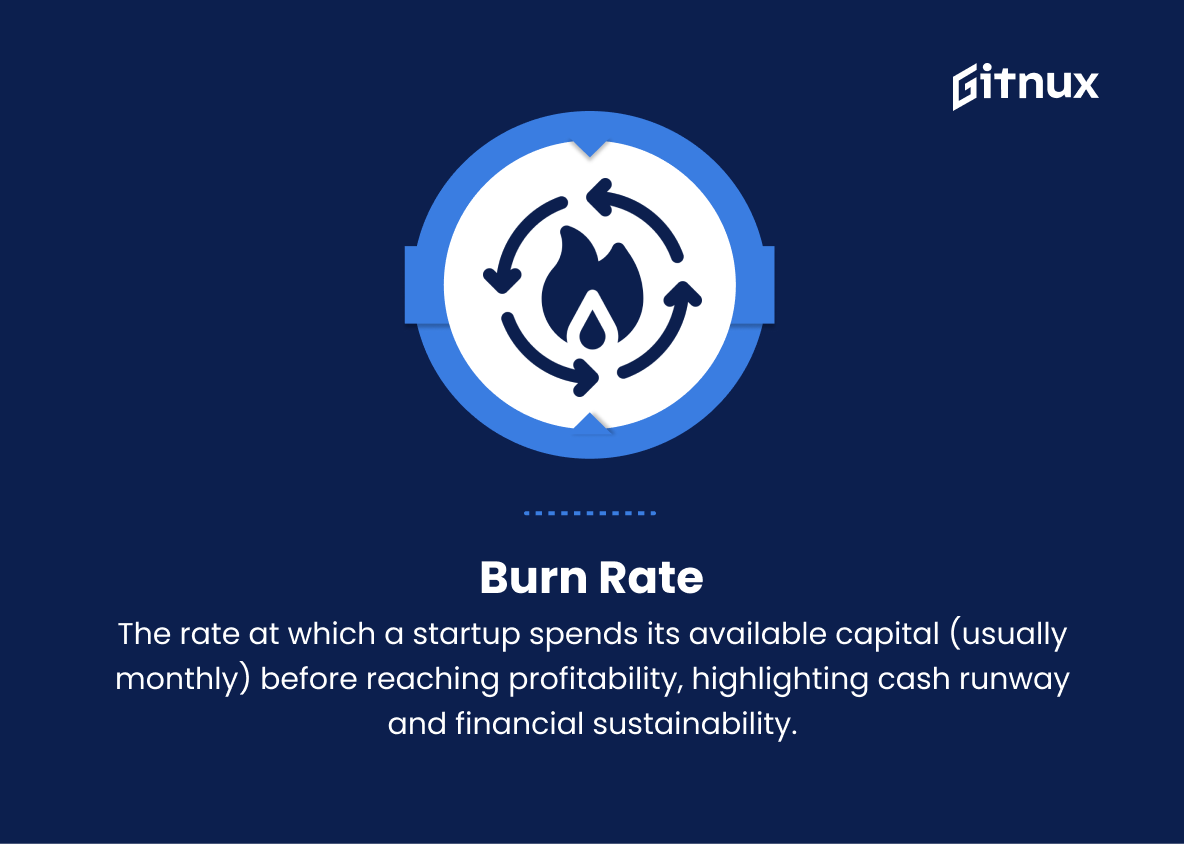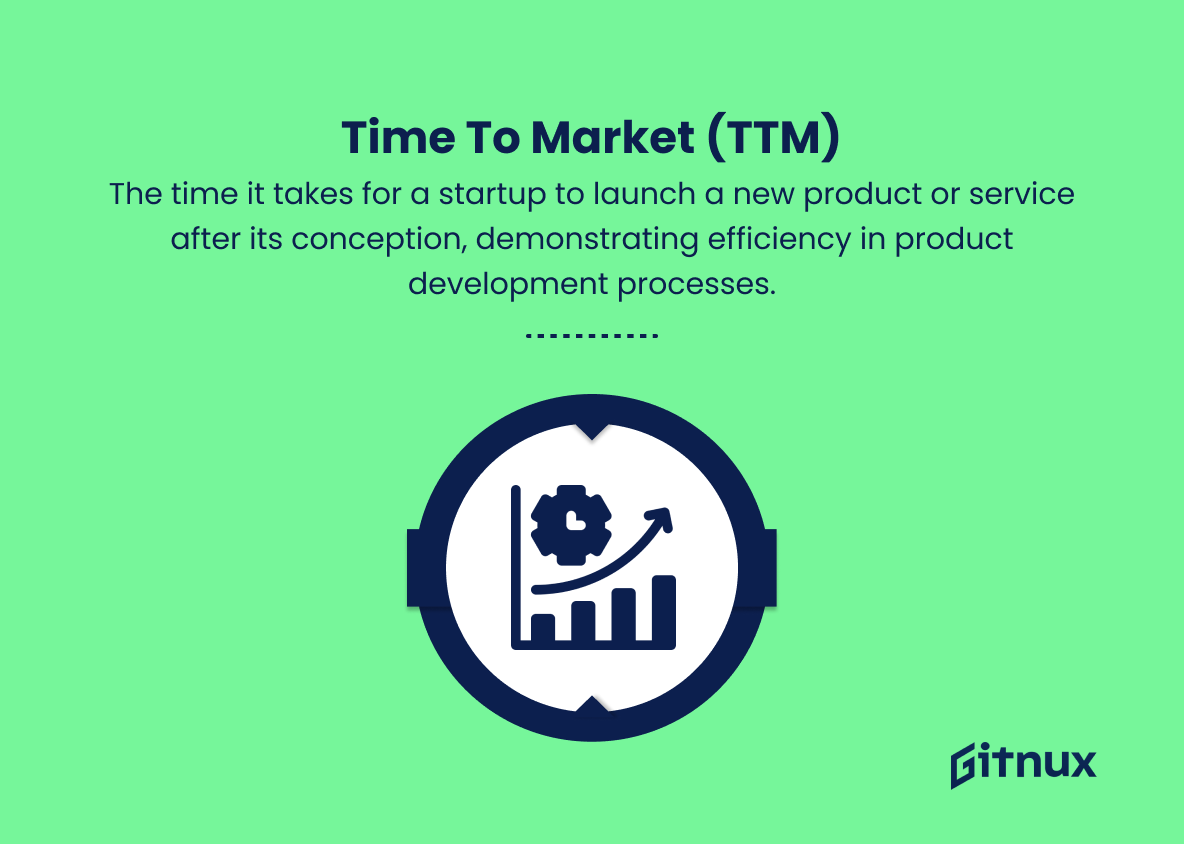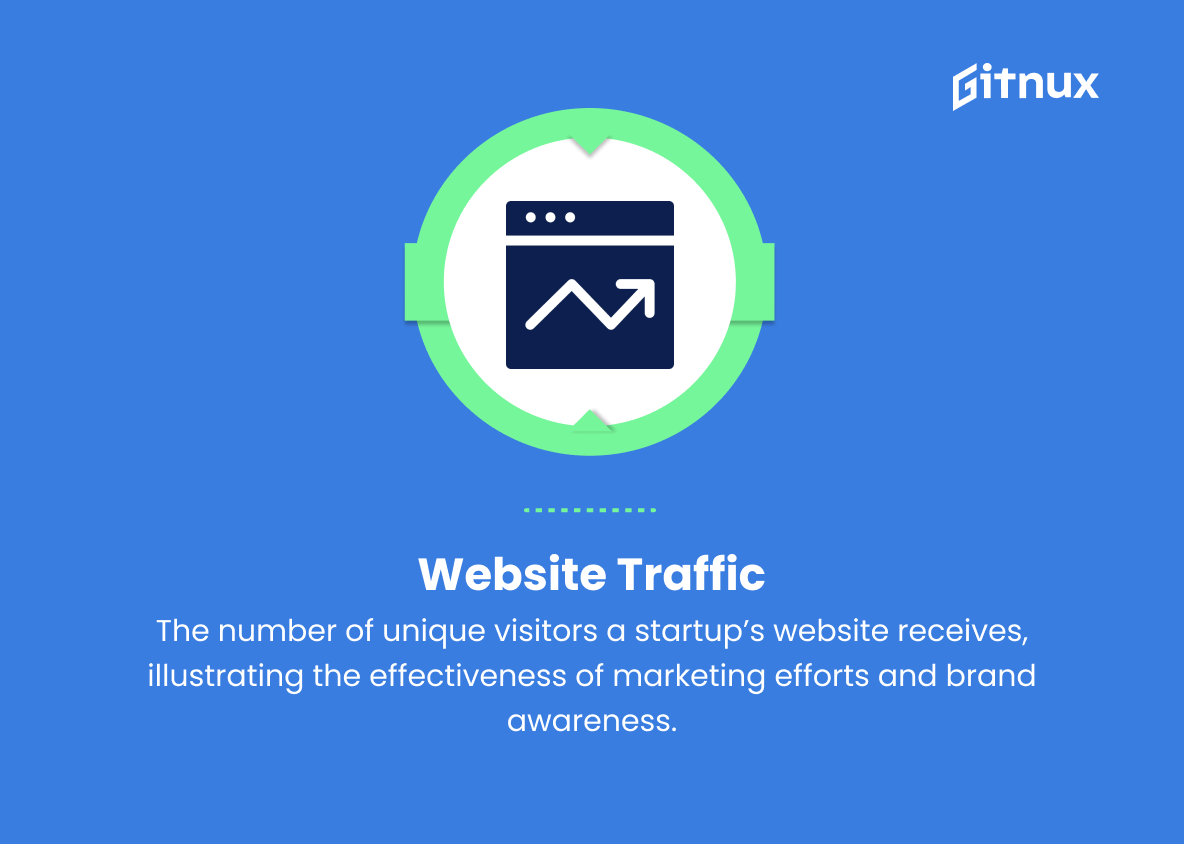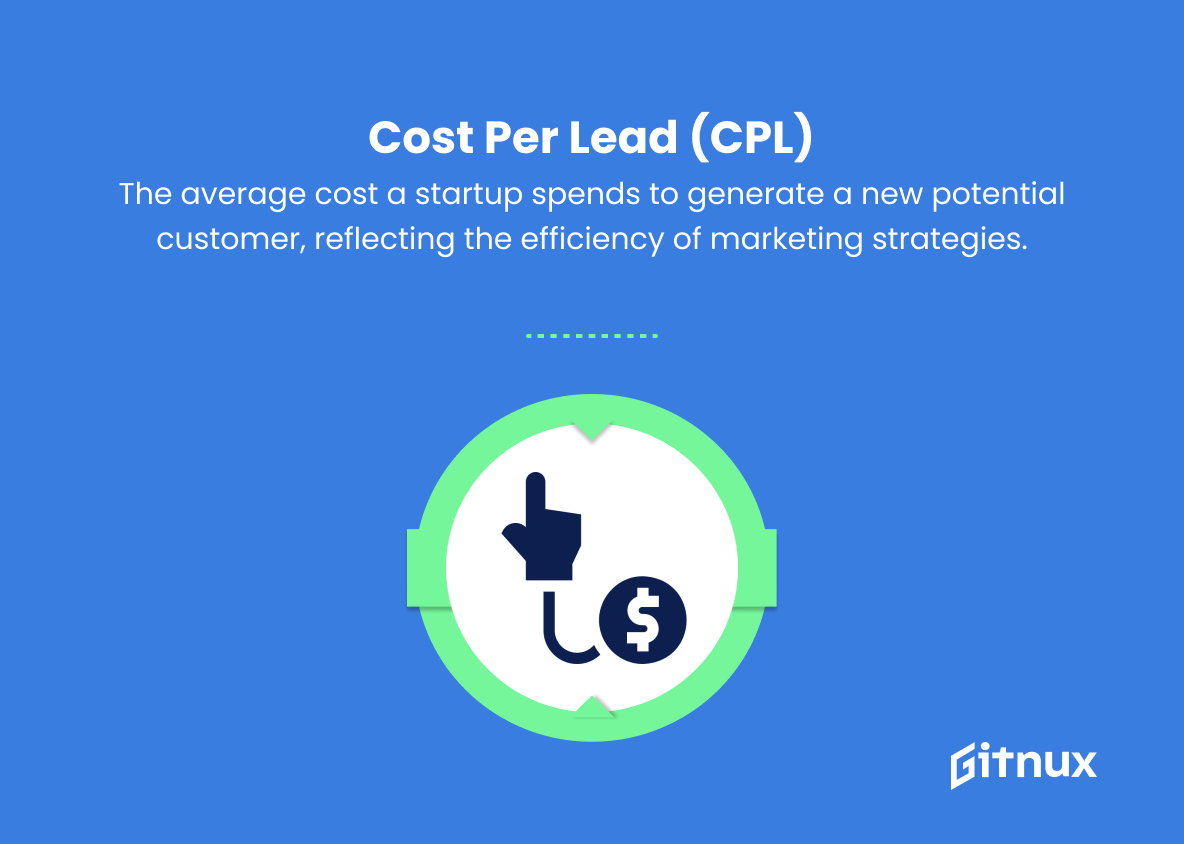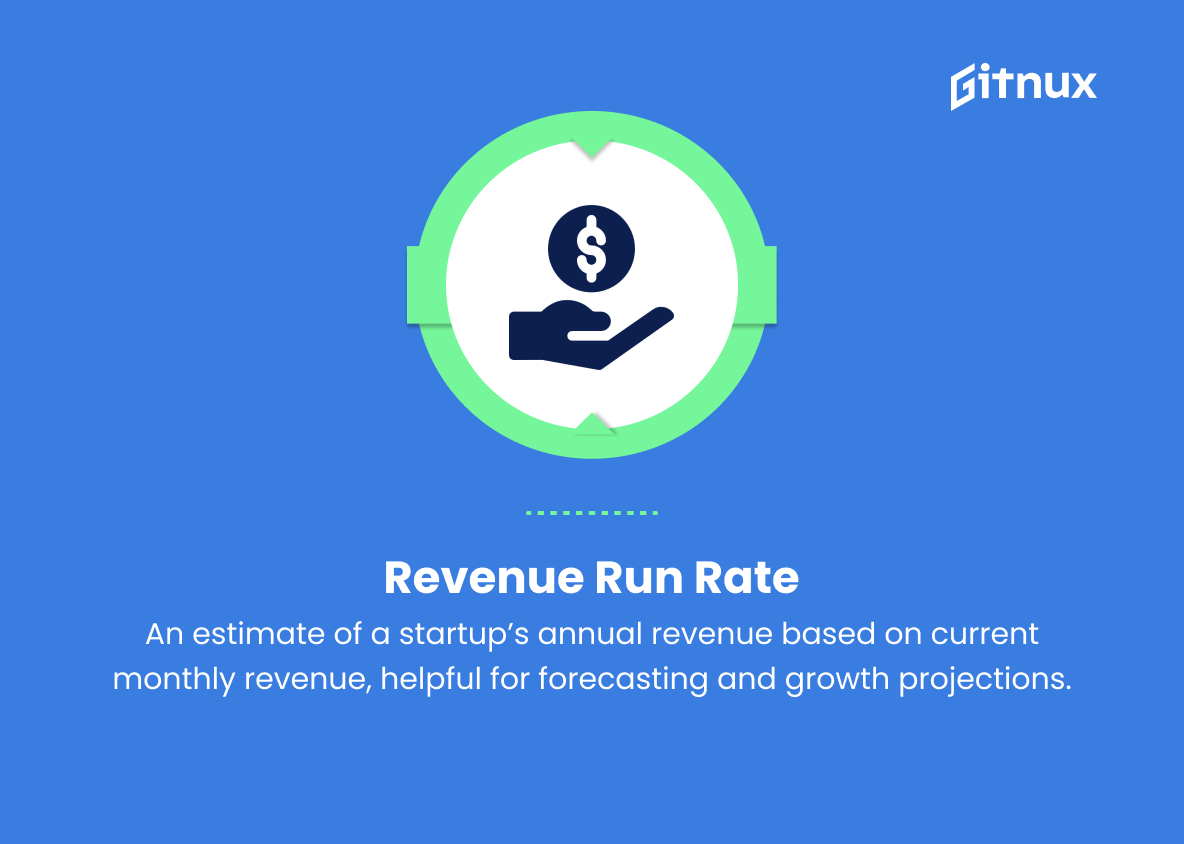In the competitive world of today’s startups, it’s critical for entrepreneurs and business owners to have a firm grasp on the key performance indicators (KPIs) that drive success. KPIs serve as the critical pulse of a startup, allowing stakeholders to measure progress, identify potential setbacks, and make informed decisions to scale their way to the top.
In this in-depth blog post, we’ll explore the key startup KPIs every founder should be aware of to ensure sustainable growth, attract funding, and stay ahead in their industry. By understanding and effectively using these metrics, you will be well-equipped to navigate your startup through the trials and triumphs that await in the dynamic world of entrepreneurship.
Startup KPIs You Should Know
1. Customer Acquisition Cost (CAC)
The average cost a startup incurs to acquire a new customer, considering marketing and sales expenses.
2. Customer Lifetime Value (CLTV)
The total revenue a startup can expect from a single customer over the entire duration of their relationship.
3. Monthly Recurring Revenue (MRR)
The predictable, recurring revenue a startup earns each month from its customers, essential for subscription-based businesses.
In the fiercely competitive world of today’s startups, it’s crucial for entrepreneurs and business owners to have a firm grasp on the key performance indicators (KPIs) that drive success.4. Churn Rate
The percentage of customers who stop doing business with a startup over a given time period, indicating customer satisfaction levels.
5. Net Promoter Score (NPS)
A measure of customer loyalty and satisfaction, obtained by asking customers how likely they are to recommend the startup to others.
6. Gross Margin
The percentage difference between revenue and the cost of goods sold (COGS), showing the startup’s ability to earn profit while covering costs.
7. Burn Rate
The rate at which a startup spends its available capital (usually monthly) before reaching profitability, highlighting cash runway and financial sustainability.
8. Time to Market (TTM)
The time it takes for a startup to launch a new product or service after its conception, demonstrating efficiency in product development processes.
9. Website Traffic
The number of unique visitors a startup’s website receives, illustrating the effectiveness of marketing efforts and brand awareness.
10. Conversion Rate
The percentage of website visitors who complete a desired action (e.g., making a purchase or signing up for a newsletter), showcasing the effectiveness of the user experience design and marketing tactics.
11. Active Users
The number of users actively engaging with a startup’s product or app, indicating product-market fit and user retention.
12. Cost per Lead (CPL)
The average cost a startup spends to generate a new potential customer, reflecting the efficiency of marketing strategies.
13. Sales Cycle Length
The time it takes for a startup to convert a lead into a paying customer, demonstrating the effectiveness of the startup’s sales process.
14. Retention Rate
The percentage of customers who continue to engage with a startup’s product or services over time, indicating customer satisfaction and product-market fit.
15. Revenue Run Rate
An estimate of a startup’s annual revenue based on current monthly revenue, helpful for forecasting and growth projections.
Startup KPIs matter because they provide valuable insights into the overall health, performance, and success of a business.Startup KPIs Explained
Startup KPIs are important because they provide valuable insight into the overall health, performance and success of a business. Customer Acquisition Cost (CAC) measures the effectiveness of a startup’s marketing and sales spend in acquiring new customers, while Customer Lifetime Value (CLTV) helps determine the long-term profitability of a customer relationship. Monthly Recurring Revenue (MRR) shows ongoing, stable income for subscription-based businesses, and Churn Rate highlights customer satisfaction and potential areas for improvement.
Net Promoter Score (NPS) measures customer loyalty and satisfaction, while Gross Margin measures profitability and cost recovery. Burn Rate indicates the financial sustainability of a startup, and Time to Market (TTM) demonstrates the efficiency of product development. Website Traffic and Conversion Rate reveal the success of marketing efforts and user experience design, while Active Users and Retention Rate indicate product-market fit and customer satisfaction. Cost per Lead (CPL) and Sales Cycle Length reflect the efficiency of marketing and sales processes.
Finally, Revenue Run Rate helps startups forecast growth and make better business decisions. By monitoring and analyzing these KPIs, startups can identify strengths, weaknesses and opportunities to drive continued growth and success.
Conclusion
In summary, choosing the right KPIs for your startup is critical to its growth and long-term success. By focusing on both quantitative and qualitative metrics and aligning them with your company’s goals, you can effectively measure, optimize, and drive your business forward. Keep in mind that your KPIs should be specific, relevant, and evolving so that they continue to reflect your startup’s current needs and future aspirations.
Never underestimate the power of data in making informed decisions that will help your startup reach its full potential. By consistently monitoring and evaluating your KPIs, you’ll be well-equipped to steer your business toward sustainable growth and lasting impact.
